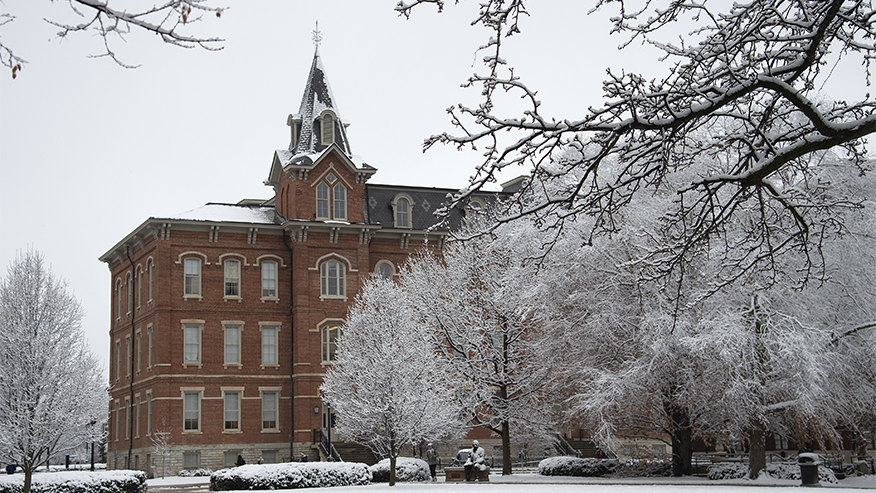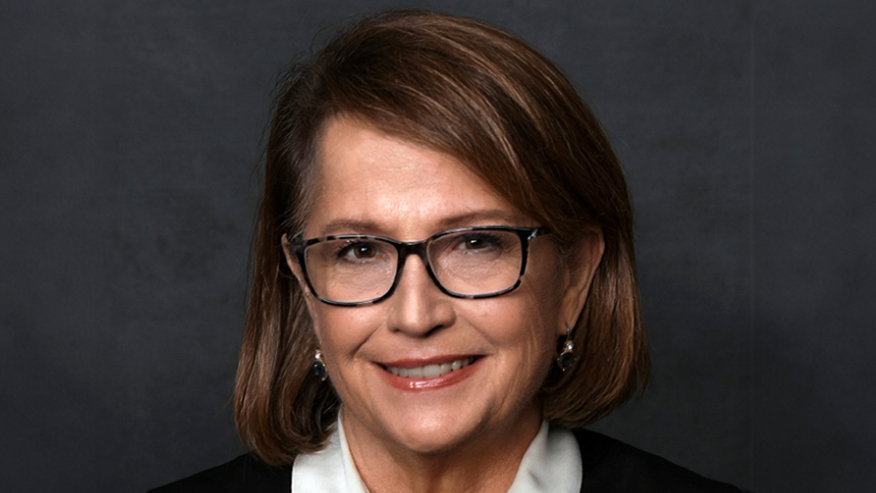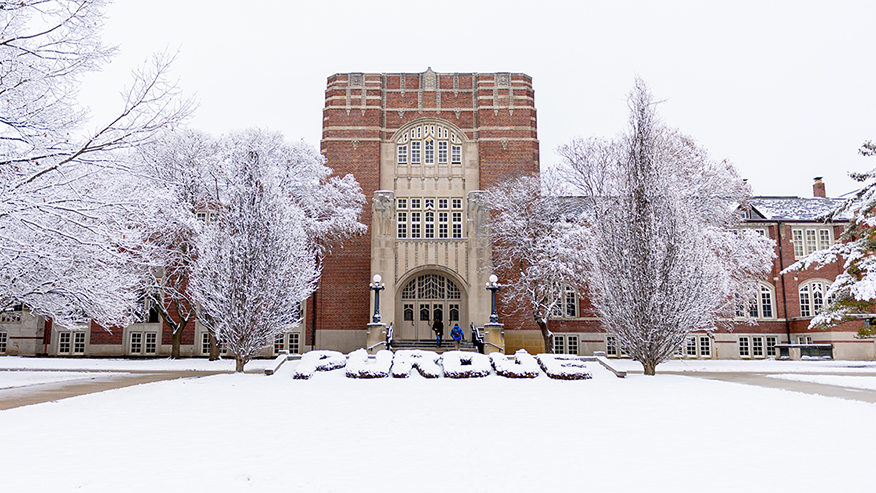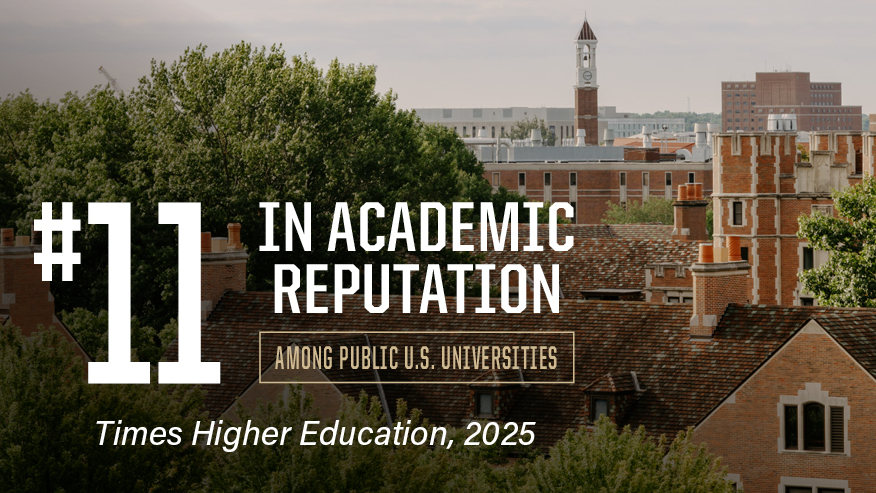Nobel laureate Frank Wilczek, a leading theoretical physicist and quantum mechanics pioneer, to headline Presidential Lecture Series event
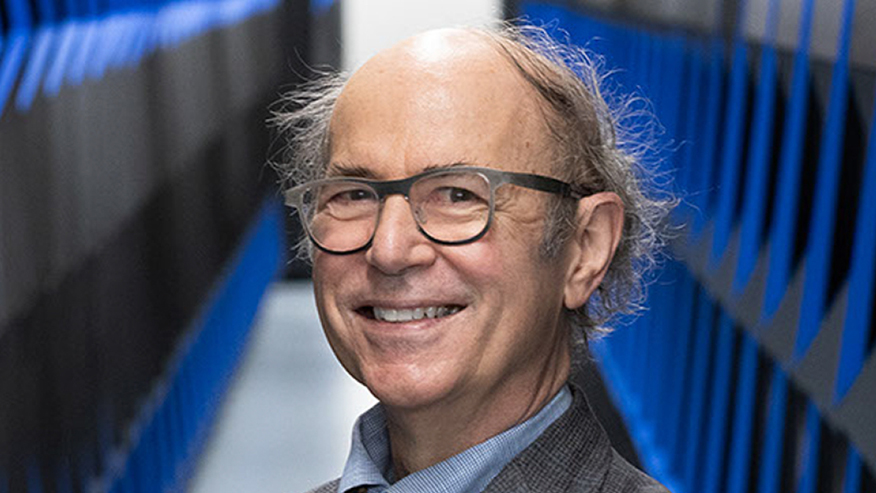
Frank Wilczek, the Herman Feshbach Professor of Physics at the Massachusetts Institute of Technology, will be a Presidential Lecturer at Purdue University. (Photo provided)
WEST LAFAYETTE, Ind. — Nobel laureate Frank Wilczek, considered one of the world’s most eminent theoretical physicists and a pioneer in modern quantum theory, will join Purdue University President Mung Chiang Oct. 30 for a conversation as part of the university’s Presidential Lecture Series.
Wilczek’s Purdue appearance, titled “Our Strange Universe: What Is It? What Does It Mean?” is at 6 p.m. Wednesday, Oct. 30, in Stewart Center’s Loeb Playhouse. The event is being moved from Fowler Hall to the larger Loeb Playhouse because of strong interest. The Presidential Lecture is free and open to the public, but a general admission ticket is required. Existing Wilczek tickets for Fowler Hall will be honored for Loeb Playhouse, so there’s no need to reregister.

Wilczek, the Herman Feshbach Professor of Physics at the Massachusetts Institute of Technology, shared the 2004 Nobel Prize in physics with David Gross and David Politzer for their 1973 discovery of “asymptotic freedom in the theory of the strong interaction,” which revolutionized our understanding of nuclear matter.
“Professor Wilczek’s boundary-pushing research into the fundamental laws of nature has transformed the understanding of the forces that govern our universe,” President Chiang said. “One of the world’s most eminent theoretical physicists, he also embodies a philosophical spirit and a playful curiosity in his life’s work. The community of scholars at Purdue looks forward to an engaging conversation with Professor Wilczek on our campus.”
Wilczek is actually returning to Purdue. He delivered a talk titled “Quantum Beauty” in October 2012 as part of the university’s Hubert M. James Lecture Series, hosted by the College of Science and the Department of Physics and Astronomy.
ADDITIONAL INFORMATION
Asymptotic freedom is the phenomenon that the fundamental building blocks of nuclear matter — quarks and gluons — interact only feebly at short distances, but strongly when widely separated. It was very difficult to reconcile that behavior with basic principles of quantum mechanics and relativity.
Doing so led Wilczek, then a 21-year-old Princeton University graduate student working with Gross, to propose a complete mathematical theory of the strong force, known as quantum chromodynamics, that has proved brilliantly successful. QCD is now central to experimental work at modern particle accelerators, and to early universe cosmology.
In announcing the prize 20 years ago this month, the Nobel academy noted that Gross, Politzer and Wilczek “brought physics one step closer to fulfilling a grand dream, to formulate a unified theory comprising gravity as well — a theory for everything.”
Wilczek also has made many other seminal contributions to fundamental particle physics, cosmology and the physics of materials. His current theoretical research includes work on axions, anyons and time crystals. These are concepts in physics which he named and pioneered. Each has become a major focus of research worldwide.
He has authored several well-known books and a monthly “Wilczek’s Universe” feature for The Wall Street Journal. His recent book, “Fundamentals: Ten Keys to Reality,” distills the most profound and mind-expanding insights of modern science and explores their implications for questions that are usually considered philosophical or even theological.
Currently he is writing “Futures,” which he describes as an exploration of what is, what could be and what should be in the light of modern science.
Born in Queens, New York, Wilczek received a bachelor’s degree from the University of Chicago in 1970 and a PhD in physics from Princeton in 1974, teaching there from 1974-81.
About the Presidential Lecture Series
Launched in 2014 by then-Purdue President Mitch Daniels and continued by President Mung Chiang, the Presidential Lecture Series exposes Purdue students and the broader community to inspiring ideas, courageous leadership and models of civic engagement and civil discourse. The Presidential Lecture Series has had over 40 guests of many viewpoints and perspectives and hosted some of the great intellectual, business and civic leaders of our time. As one of the world’s premier centers of scholarly leadership, Purdue is — appropriately and necessarily — a regular venue for great thinkers across a wide variety of disciplines.
About Purdue University
Purdue University is a public research institution demonstrating excellence at scale. Ranked among top 10 public universities and with two colleges in the top four in the United States, Purdue discovers and disseminates knowledge with a quality and at a scale second to none. More than 105,000 students study at Purdue across modalities and locations, including over 50,000 in person on the West Lafayette campus. Committed to affordability and accessibility, Purdue’s main campus has frozen tuition 13 years in a row. See how Purdue never stops in the persistent pursuit of the next giant leap — including its first comprehensive urban campus in Indianapolis, the Mitch Daniels School of Business, Purdue Computes and the One Health initiative — at https://www.purdue.edu/president/strategic-initiatives.
Media contact: Erin Murphy, emurphyv@purdue.edu, 317-617-8524
